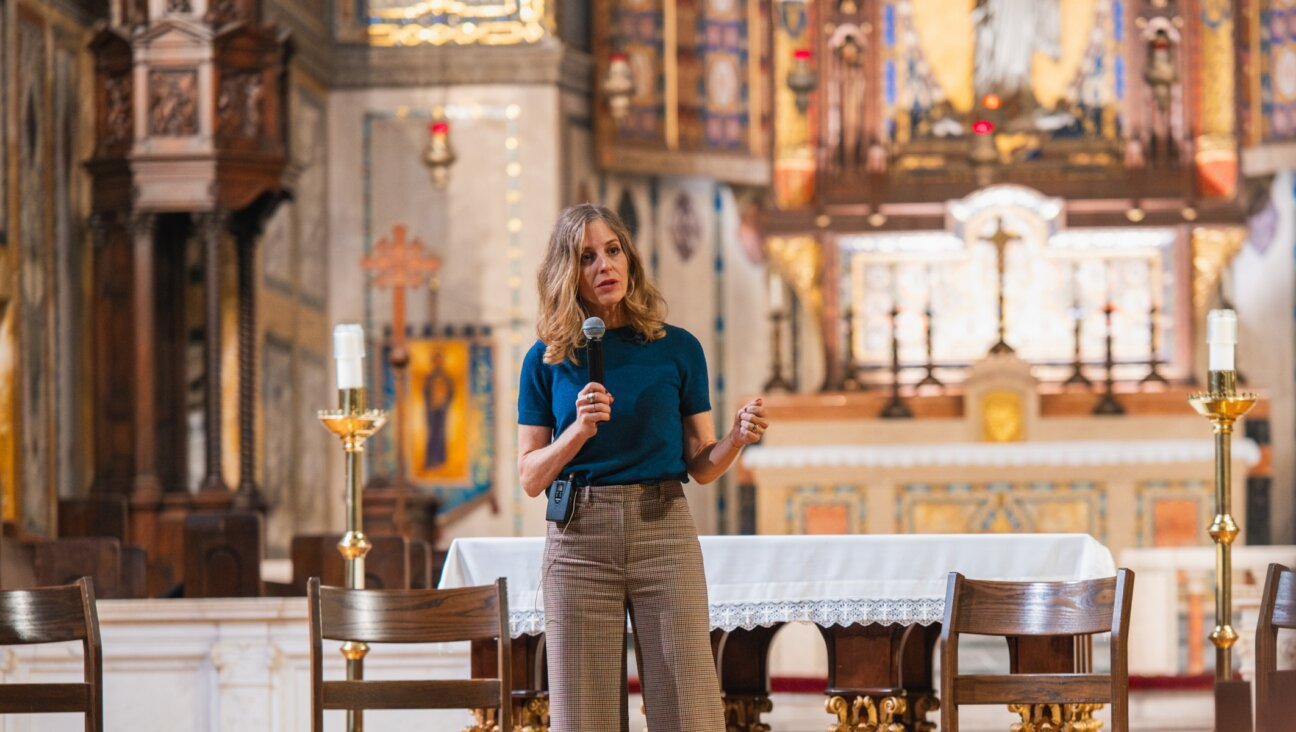Shabbat services go virtual as governors across U.S. ban large gatherings

Image by Getty Images
Synagogues across the country have taken steps to limit Shabbat services and other religious events after governors of three of the states with the largest Jewish populations announced bans on large gatherings.
View an updated list of streaming services here.
In New York, Gov. Andrew Cuomo declared a ban on gatherings of 500 or more people. Central Synagogue, a Reform temple in Manhattan and one of the largest congregations in the country, announced that Shabbat services would basically be livestream-only through March 30. The only non-clergy allowed to attend Shabbat services will be the immediate family of a child becoming Bar or Bat Mitzvah. Attendance at funerals will also be limited to immediate family members.
In California, where Gov. Gavin Newsom announced bans on gatherings of 250 or more, multiple synagogues have also cancelled services and gone livestream-only, J., the Jewish News of Northern California reported. Congregation Emanu-El in San Francisco, one of the oldest synagogues in the state, will also bar admission on Shabbat to everyone but family and close friends of the B’nai Mitzvah child for the next two weeks, and is asking congregants to watch services via the synagogue’s Facebook account.
As a public service during this pandemic, the Forward is providing free, unlimited access to all coronavirus articles. If you’d like to support our independent Jewish journalism, click here to make a donation.
Ohio Gov. Mike DeWine forbade gatherings of more than 100 people and ordered the closure of the state’s schools for the next three weeks, an order that will also affect the state’s synagogues and Jewish day schools.
And the Rabbinical Council of Bergen County, New Jersey is closing all synagogues and ordering people to pray at home, banning weddings, asking people to refrain from gathering for meals or playdates, and requesting that burials be limited to 10 mourners, the minimum number needed for a burial in Judaism.
Aiden Pink is the deputy news editor of the Forward. Contact him at [email protected] or follow him on Twitter @aidenpink
A message from our Publisher & CEO Rachel Fishman Feddersen

I hope you appreciated this article. Before you go, I’d like to ask you to please support the Forward’s award-winning, nonprofit journalism during this critical time.
We’ve set a goal to raise $260,000 by December 31. That’s an ambitious goal, but one that will give us the resources we need to invest in the high quality news, opinion, analysis and cultural coverage that isn’t available anywhere else.
If you feel inspired to make an impact, now is the time to give something back. Join us as a member at your most generous level.
— Rachel Fishman Feddersen, Publisher and CEO
























